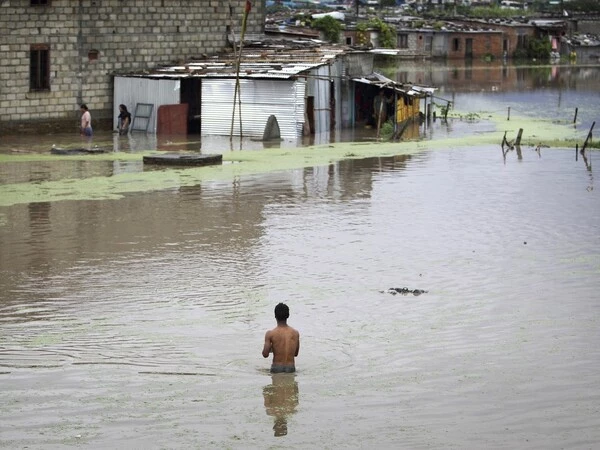According to one study, the prevalence of non-communicable diseases such as hypertension, hyperlipidemia, diabetes, and mental disorders rose following the Fukushima disaster and the COVID-19 outbreak. These findings highlight the significance of developing better post-disaster health promotion strategies and recommendations.
Even after disasters and pandemics have occurred, people’s physical and psychological health can be impacted. Noncommunicable chronic diseases are among the consequences. Researchers at Osaka University have discovered similarities and differences in the secondary health effects of disasters and pandemics.
Secondary health effects are those that are indirect or delayed consequences of a disaster or pandemic. These effects can be just as serious as the primary effects and can include a range of physical, mental, and social health issues. Some examples of secondary health effects that may occur after a disaster or pandemic include:
- Physical injuries or illnesses related to clean-up and recovery efforts, such as cuts, bruises, falls, and heat stroke
- Mental health issues such as depression, anxiety, and post-traumatic stress disorder (PTSD)
- Substance abuse and addiction, as people may turn to drugs or alcohol to cope with the stress of the disaster or pandemic
- Increased rates of domestic violence, child abuse, and other forms of violence
- Disruption of healthcare systems and access to care, leading to a decrease in vaccination rates and an increase in preventable diseases
- Loss of housing, income, and social support, which can have long-term effects on physical and mental health
It is important to address these secondary health effects as part of the response to a disaster or pandemic, in order to minimize their impact and support the overall recovery of affected communities.
This study shed some light on identifying the vulnerable populations involved and assessing the secondary effect of disasters on these people’s mental and physical health.
Michio Murakami
Noncommunicable diseases have increased in Japan since the devastating Great East Japan Earthquake and Fukushima Daiichi Nuclear Power Station accident in 2011. A previous study found a significant increase in the age-adjusted prevalence of diabetes in both evacuees and non-evacuees after a seven-year follow-up after the Fukushima disaster.
Concerns were raised about the COVID-19 pandemic and its potential impact on chronic illnesses. This meant that many restrictions were imposed in order to ensure the safety and health of the Japanese people. People were encouraged to stay at home and work from home to prevent the spread of infection. As a result, increased body weight and mental disorders have been observed in certain populations.

The researchers examined the changes in the prevalence of diseases in Japan, including hypertension, hyperlipidemia, diabetes, and mental disorders, before and after the Fukushima disaster and the COVID-19 pandemic over a long period of time using a health insurance dataset. First, the researchers looked at how the prevalence of hypertension, hyperlipidemia, diabetes, and mental disorders changed in the nine years following the Fukushima disaster. Second, the researchers looked at the changes in prevalence before and after the COVID-19 pandemic. The results were broken down by age and gender to determine which groups were the most affected.
Results of this study showed that the prevalence of all four diseases increased in Fukushima Prefecture after the Fukushima disaster and in the whole of Japan after the COVID-19 outbreak as well. The increased rates of hypertension, hyperlipidemia, diabetes, and mental disorders were higher in females aged 40-74 years after the Fukushima disaster. However, after the COVID-19 outbreak, the increase in prevalence rates of all four diseases was higher among males aged 0-39 years.
“This study shed some light on identifying the vulnerable populations involved and assessing the secondary effect of disasters on these people’s mental and physical health,” says lead author Michio Murakami.
The significance of supporting secondary health effects following disasters and pandemics is now recognized, which can lead to improved post-disaster policies and recommendations focusing on health promotion and effective prevention strategies.
















